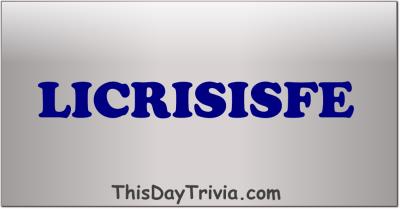




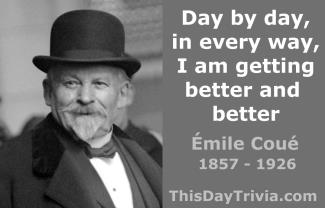




What Happened On
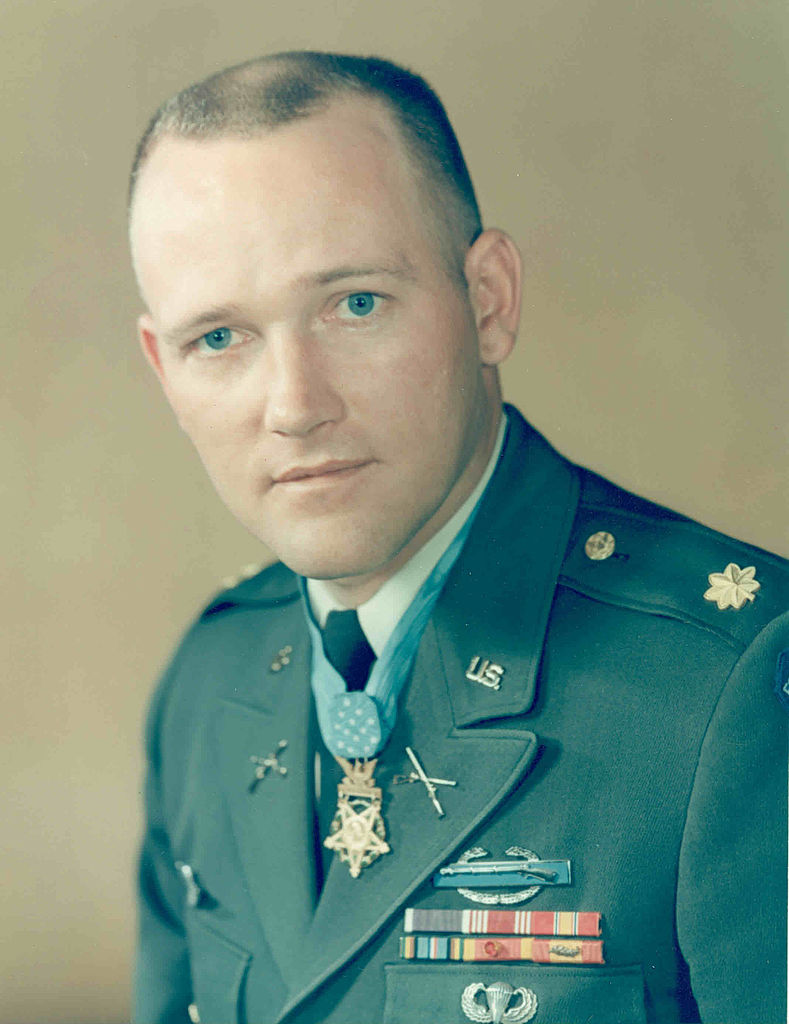

First Vietnam Soldier to Receive the U.S. Medal of Honor
July 6, 1964
Army Capt. Roger Donlon for heroism in South Vietnam during actions on July 6th, 1964.
Capt. Donlon was serving as the commanding officer of the U.S. Army Special Forces Detachment A-726 at Camp Nam Dong when a reinforced Viet Cong battalion suddenly launched a full-scale, predawn attack on the camp. During the violent battle that ensued, lasting 5 hours and resulting in heavy casualties on both sides, Capt. Donlon directed the defense operations in the midst of an enemy barrage of mortar shells, falling grenades, and extremely heavy gunfire. Upon the initial onslaught, he swiftly marshaled his forces and ordered the removal of the needed ammunition from a blazing building. He then dashed through a hail of small arms and exploding hand grenades to abort a breach of the main gate. En route to this position he detected an enemy demolition team of 3 in the proximity of the main gate and quickly annihilated them. Although exposed to the intense grenade attack, he then succeeded in reaching a 60mm mortar position despite sustaining a severe stomach wound as he was within 5 yards of the gun pit. When he discovered that most of the men in this gunpit were also wounded, he completely disregarded his own injury, directed their withdrawal to a location 30 meters away, and again risked his life by remaining behind and covering the movement with the utmost effectiveness. Noticing that his team sergeant was unable to evacuate the gun pit he crawled toward him and, while dragging the fallen soldier out of the gunpit, an enemy mortar exploded and inflicted a wound in Capt. Donlon's left shoulder. Although suffering from multiple wounds, he carried the abandoned 60mm mortar weapon to a new location 30 meters away where he found 3 wounded defenders. After administering first aid and encouragement to these men, he left the weapon with them, headed toward another position, and retrieved a 57mm recoilless rifle. Then with great courage and coolness under fire, he returned to the abandoned gun pit, evacuated ammunition for the 2 weapons, and while crawling and dragging the urgently needed ammunition, received a third wound on his leg by an enemy hand grenade. Despite his critical physical condition, he again crawled 175 meters to an 81mm mortar position and directed firing operations which protected the seriously threatened east sector of the camp. He then moved to an eastern 60mm mortar position and upon determining that the vicious enemy assault had weakened, crawled back to the gun pit with the 60mm mortar, set it up for defensive operations, and turned it over to 2 defenders with minor wounds. Without hesitation, he left this sheltered position, and moved from position to position around the beleaguered perimeter while hurling hand grenades at the enemy and inspiring his men to superhuman effort. As he bravely continued to move around the perimeter, a mortar shell exploded, wounding him in the face and body. As the long awaited daylight brought defeat to the enemy forces and their retreat back to the jungle leaving behind 54 of their dead, many weapons, and grenades, Capt. Donlon immediately reorganized his defenses and administered first aid to the wounded.


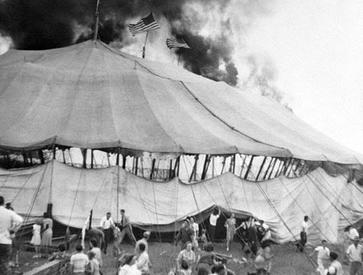

The Day the Clowns Cried
July 6, 1944
The worst tragedy in American circus history occurs when the big top tent at the Ringling Bros. and Barnum & Bailey Circus catches fire during a performance to a crowd of over 6,000. Many of the 168 deaths and over 700 injuries were caused by trampling as people stampeded out the exits. Arson was suspected as the cause, but the culprit has never been determined. A photo was taken of the famous clown Emmett Kelly in sad tramp makeup holding a bucket of water, causing the event to become known as "The Day the Clowns Cried."
Thirteen-year-old future actor Charles Nelson Reilly was one of the survivors.


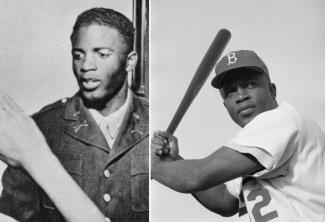


Jackie Robinson Refuses to Sit at the Back of the Bus
July 6, 1944
Future Hall of Fame baseball player Jackie Robinson is ordered to move to the back of the Army bus he was riding in by the white bus driver, even though bus segregation had been banned on military buses. 2nd Lieutenant Robinson had sat next to a light-skinned black lady, whom the driver had mistaken for white. After he refused to move, he was taken into custody when the bus reached its destination. When Robinson confronted the investigating officer about racist questioning, the officer recommended Robinson be court-martialed. After Robinson's commander in the 761st Battalion refused to authorize the legal action, Robinson was transferred to the 758th Battalion, where the commander consented to charge Robinson with multiple offenses, including, public drunkenness, even though Robinson did not drink. The charges were eventually reduced to two counts of insubordination during questioning and in August he was acquitted of all charges at his court-martial. Because of his court-martial proceedings, he was barred from serving overseas and served as a coach for army athletics until receiving an honorable discharge in November. During this time, Robinson met a former player for the Kansas City Monarchs of the Negro American League, who encouraged Robinson to write the Monarchs and ask for a tryout. Robinson took his advice and eventually played for the team.



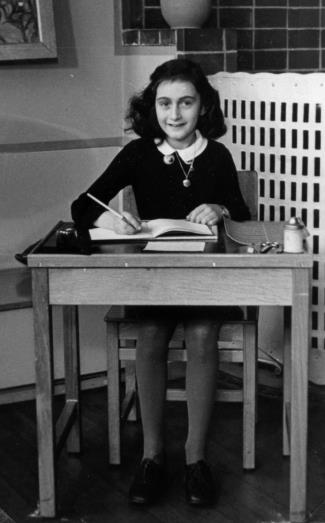


Anne Frank Goes Into Hiding
July 6, 1942
Anne Frank and her family go into hiding from the Nazis in a friend's attic. They were later joined by others and remained hidden for two years until discovered and sent to concentration camps. Anne's father Otto Frank was the only one of the hidden people to survive. One of the men who hid them was sent to prison, but managed to escape. The other was sent to a concentration camp till he was liberated at the end of the war.


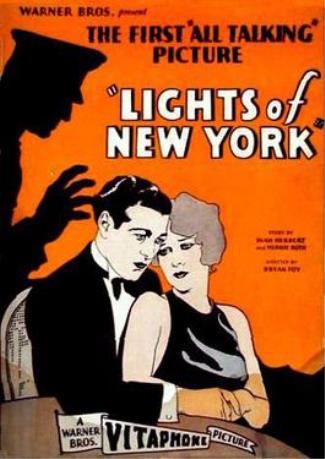


First All-Talking Motion Picture
July 6, 1928
The first all-talking full-length feature film, The Lights of New York, premieres in New York City. At a cost of $23,000 to produce, it grossed over $1,000,000 and proved the theatrical value of "Talkies". By the end of 1929, Hollywood was producing sound films almost exclusively.


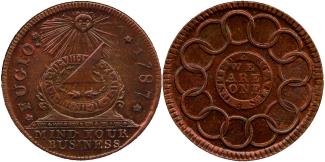


First U.S. Coin
July 6, 1787
The design of the 1¢ coin is approved by the Continental Congress. The creation of the coin had been authorized the previous April. The design was inspired by Benjamin Franklin's works, and thus became known as the Franklin cent.
The combination of the word "Fugio" (Latin for "I fly"), the sundial, and the message "Mind Your Business" formed a rebus meaning, "time flies, do your work."
The reverse side contained the motto "We Are One" surrounded by thirteen chain links, representing the original thirteen colonies.
It is also known as the Fugio cent because of the word "Fugio" on it.


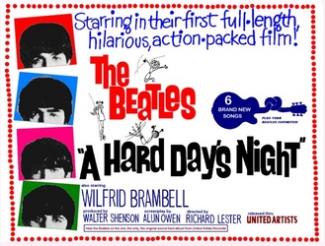


A Hard Day's Night
July 6, 1964
A Hard Day's Night by the Beatles opens. The film was a financial and critical success and is credited as being one of the most influential of all musical films, inspiring The Monkees television show, numerous pop music videos, and various other low-budget musical films.


First H-Bomb Explosion Within the U.S.
July 6, 1962
The U.S. conducts its first H-Bomb test within the boundaries of the U.S. at the Nevada proving grounds.


USS William D. Porter
July 6, 1943
The Fletcher-class destroyer is commissioned. In 1943, the Porter accidentally launched a torpedo narrowly missing the USS Iowa, which happened to have U.S. President Franklin D. Roosevelt aboard at the time.


First Major League All-Star Baseball Game
July 6, 1933
The first major league all-star baseball game is played at Comiskey Park, with the American League winning 4-2.


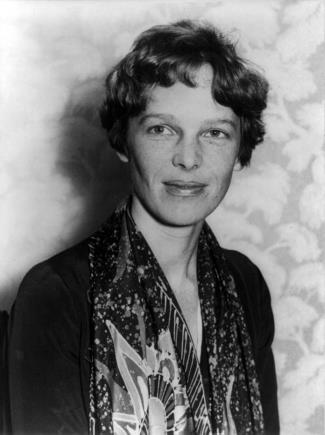


Amelia Earhart
July 6, 1930
The famed aviator Amelia Earhart sets a woman's international flight record by flying an average speed of 181.18 mph over a 64 mile course.


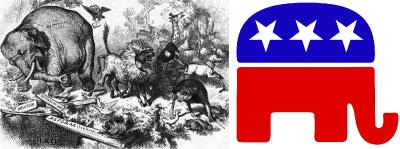 1874 Nast cartoon featuring the Republican elephant and modern logo
1874 Nast cartoon featuring the Republican elephant and modern logo
 1874 Nast cartoon featuring the Republican elephant and modern logo
1874 Nast cartoon featuring the Republican elephant and modern logo
Republican Party
July 6, 1854
The Republican party officially adopts its new name during its first official party convention, held in Jackson, Michigan.
The Republican Party was founded by forces opposed to the expansion of slavery and quickly became the principal opposition to the dominant Democratic Party and the briefly popular Know Nothing Party. The party grew out of opposition to the Kansas–Nebraska Act, which repealed the Missouri Compromise and opened Kansas Territory and Nebraska Territory to slavery and future admission as slave states.


Birthdays
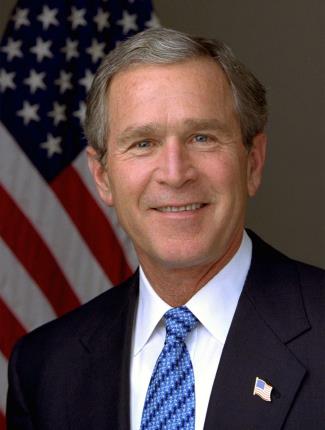



George W. Bush (George Walker Bush)
Born July 6, 1946
American politician. 43rd U.S. President (2001-09). While attending Yale University, he was a cheerleader, rugby union player, and member of the Skull and Bones society. He went on to earn an MBA at Harvard Business School, making him the only U.S. president to have earned an MBA.


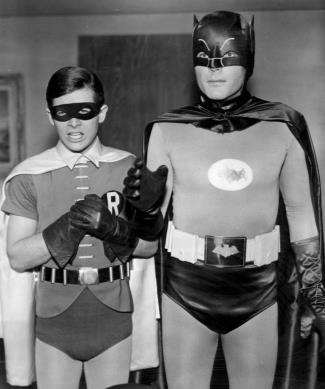 Ward (left) with Adam West as Batman and Robin
Ward (left) with Adam West as Batman and Robin

Burt Ward (Bert John Gervis, Jr.)
Born July 6, 1945
American actor. TV: Batman (1966-68, Robin the boy wonder). At age two, Ward was also listed as the world's youngest professional ice skater. He performed with his dad's traveling ice show.



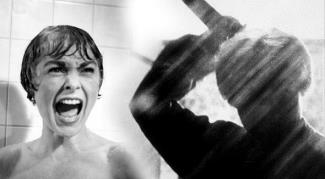 Janet Leigh in Psycho Shower Scene
Janet Leigh in Psycho Shower Scene
 Janet Leigh in Psycho Shower Scene
Janet Leigh in Psycho Shower Scene

Janet Leigh (Jeanette Morrison)
Born July 6, 1927 d. 2004
American actress. Film: Psycho (1960, shower scene victim), The Manchurian Candidate (1962), and Night of the Lepus (1972). She was married to Tony Curtis from 1951 to 1962 and is the mother of actress Jamie Lee Curtis.


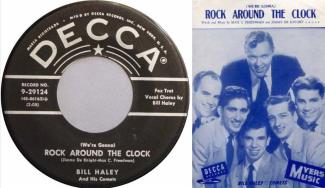



Bill Haley
Born July 6, 1925 d. 1981
American rock 'n' roll pioneer. Music: Rock Around the Clock (1954, #1).


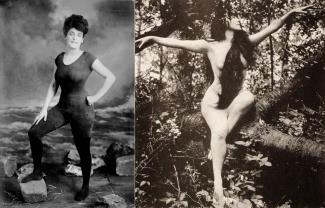

Kellerman in her one-piece swimsuit (left) and in a scene from A Daughter of the Gods
 Kellerman in her one-piece swimsuit (left) and in a scene from A Daughter of the Gods
Kellerman in her one-piece swimsuit (left) and in a scene from A Daughter of the Gods

Million Dollar Mermaid
Annette Kellerman
Born July 6, 1887 d. 1975
Australian world record-holder swimmer, actress. She starred in the first sex-shocker movie, A Daughter of the Gods (1916). It was also the first U.S. film to cost more than $1,000,000 to produce. Earlier, in 1907, she had been arrested for wearing a one-piece bathing suit at a Boston beach. She was one of the first to wear the scandalous one-piece swim suit, as opposed the traditional pantaloons. Her life was portrayed in the movie Million Dollar Mermaid (1952).


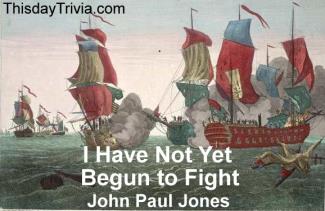



I Have Not Yet Begun to Fight
John Paul Jones
Born July 6, 1747 d. 1792
Scottish-born American naval officer. He is known for his famous proclamation, "I have not yet begun to fight", which was in response to demands for him to surrender during a naval battle in 1779 during the American Revolution. He eventually won the battle.



Allyce Beasley
Born July 6, 1954
American actress. TV: Moonlighting (the rhyming receptionist Agnes di Pesto).


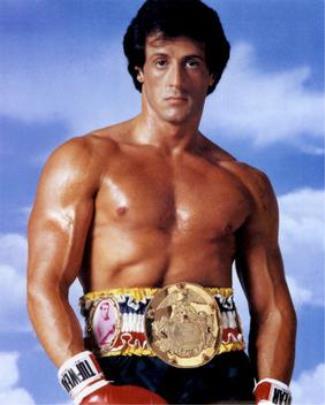



Sylvester Stallone
Born July 6, 1946
American actor. Star of the Rocky and Rambo movies.



Fred Dryer
Born July 6, 1946
American football player, actor. TV: Hunter (title role).









Ned Beatty (Edward Thomas Beatty)
Born July 6, 1937 d. 2021
American actor. Film: Deliverance (1972). TV: Roseanne (1989-94, Dan's Father Ed Conner).


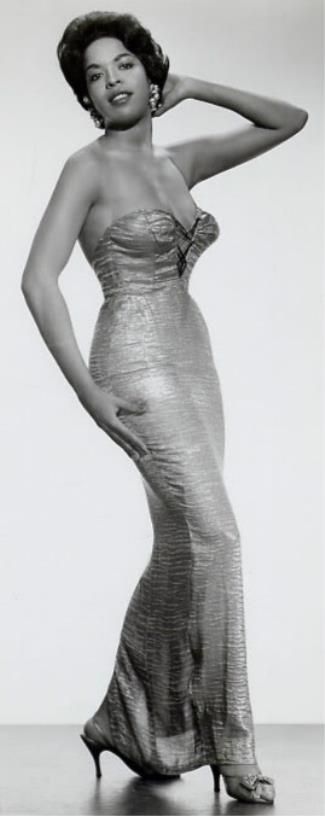



Della Reese (Delloreese Patricia Early)
Born July 6, 1931 d. 2017
American singer. Music: Don't You Know (1959, #2). TV: Touched by an Angel (1994-2003). Film: Harlem Nights (1989).


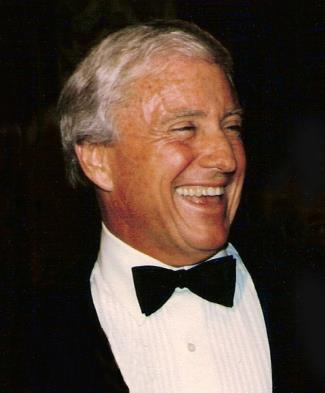 Photo Credit: Linda_Bisset
Photo Credit: Linda_Bisset
 Photo Credit: Linda_Bisset
Photo Credit: Linda_Bisset

Merv Griffin (Mervyn Edward Griffin, Jr.)
Born July 6, 1925 d. 2007
American TV executive. Creator of Jeopardy! and Wheel of Fortune. Music: I've Got a Lovely Bunch of Coconuts (1950, #1). His tombstone reads, "I Will Not Be Right Back After This Message."


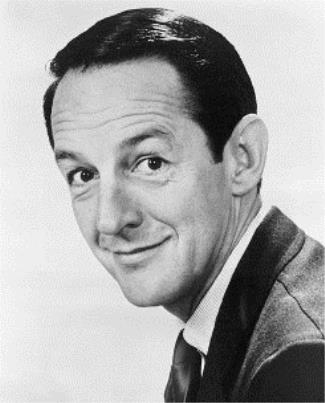



William Schallert
Born July 6, 1922 d. 2016
American actor. President of the Screen Actors Guild (SAG, 1979-81). TV: The Patty Duke Show (1963-66, Patty's father), The Nancy Drew Mysteries (1977-78, Nancy's father), and The New Gidget (1986-88, Gidget's father).


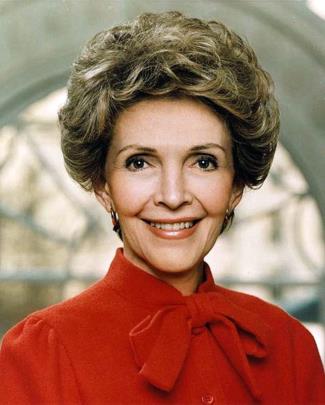



Nancy Reagan (Anne Frances Robbins)
Born July 6, 1921 d. 2016
American First Lady (1981-89). In her 1939 high school production of First Lady her only line read: "They ought to elect the First Lady and let her husband be president."


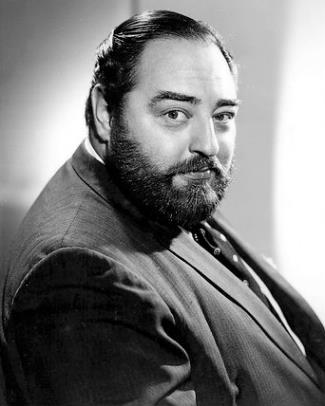



Sebastian Cabot
Born July 6, 1918 d. 1977
English actor. TV: Family Affair (1966-71, Mr. Giles French).



LaVerne Andrews
Born July 6, 1911 d. 1967
American singer, with the Andrews sisters.



Founder of Singapore
Sir Thomas Stamford Raffles
Born July 6, 1781 d. 1826
English colonial official. Founder of Singapore (1819).


Deaths
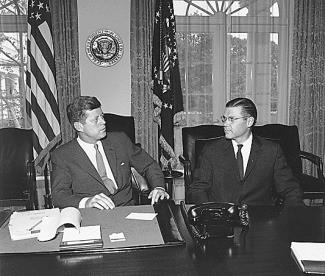 McNamara and Pres. Kennedy
McNamara and Pres. Kennedy
 McNamara and Pres. Kennedy
McNamara and Pres. Kennedy

Robert S. McNamara
Died July 6, 2009 b. 1916
American banker. U.S. Secretary of Defense (1961-68) and World Bank president (1968-81). He played a major role in escalating the U.S. involvement in the Vietnam War.
He was part of the "Whiz Kids" team that helped rebuild Ford Motor Co., becoming the first president of Ford that was not from the Ford family (1960). As president of Ford, he pushed for smaller cars and more safety features.


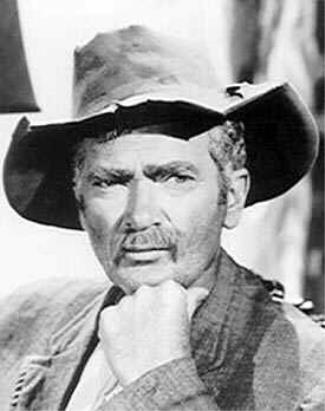



Buddy Ebsen (Christian Ebsen, Jr.)
Died July 6, 2003 b. 1908
American actor. TV: The Beverly Hillbillies (1962-71, Jed Clampett) and Barnaby Jones (1973-80, title role). He was originally cast as the Tin Man in The Wizard of Oz (1939), but had to quit because he was allergic to the silver makeup.


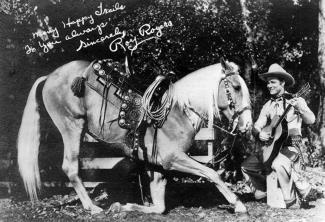



Roy Rogers (Leonard Franklin Slye)
Died July 6, 1998 b. 1911
American singing cowboy, who appeared in movies and TV with Dale Evans and Trigger. TV: The Roy Rogers Show (1951-57).


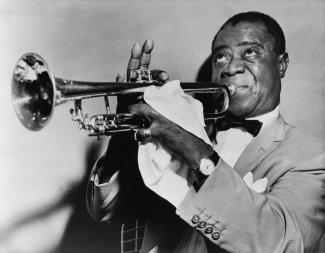



Louis Armstrong
Died July 6, 1971 b. 1901
American Hall of Fame jazz musician. Known as "Satchmo," he is considered the first and greatest solo jazz musician.
Armstrong wore the Star of David his entire adult life in honor of the Jewish family who took him in at the age of seven and lent him the money to buy his first cornet.


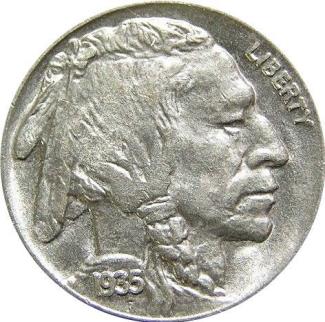



Chief John Big Tree (Isaac Johnny John)
Died July 6, 1967 b. 1877
American Indian. Chief John Big Tree claimed to be the model for the Indian head nickel (1913-38), although the sculptor for the coin, James Earle Fraser, claimed there were several models used, including Chief John Big Tree, and the image was a composite.
He was a member of the Seneca Nation and an actor who appeared in 59 films from 1915-50.


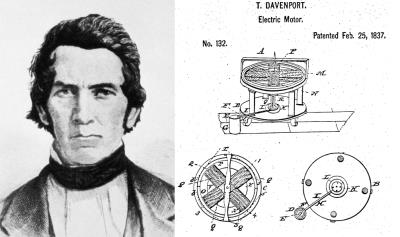



Thomas Davenport
Died July 6, 1851 b. 1802
American inventor. He built the first practical electric motor (1837) which received the first U.S. patent on an electric machine (1837, Patent No. 132). He used silk from his wife's wedding dress for insulation for the wiring. Davenport was unable to capitalize on his invention and died broke.



James Caan
Died July 6, 2022 b. 1940
American actor. Film: Brian's Song (1971, the dying football player) and The Godfather (1972, Sonny Corleone).


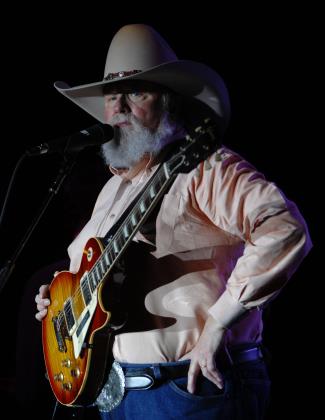 Photo Credit: Joe Schneid
Photo Credit: Joe Schneid
 Photo Credit: Joe Schneid
Photo Credit: Joe Schneid

Charlie Daniels
Died July 6, 2020 b. 1936
American Hall of Fame Grammy-winning singer, fiddler. Music: The Devil Went Down to Georgia (1979).



William Faulkner
Died July 6, 1962 b. 1897
American Nobel-Pulitzer-winning author. Writings: The Sound and the Fury (1929), Sanctuary (1931), A Fable (1954), and The Reivers (1962, Nobel).
Quote: "You cannot swim for new horizons until you have courage to lose sight of the shore."



Kenneth Grahame
Died July 6, 1932 b. 1859
English author. Writings: The Wind in the Willows (1908).



Guy de Maupassant
Died July 6, 1893 b. 1850
French short-story writer, novelist. Writings: Boule de suif (1880) and Pierre et Jean (1888).



Georg Simon Ohm
Died July 6, 1854 b. 1789
German physicist. Creator of "Ohm's Law," and for whom the electrical measurements ohm and mho (Ohm spelled backwards) are named.



John Marshall
Died July 6, 1835 b. 1755
4th chief justice of the U.S. Supreme Court (1801-35), and principal founder of the U.S. system of constitutional law. The Liberty Bell cracked whiled tolling his death.



Edward VI
Died July 6, 1553 b. 1537
King of England (1547-53). He was the son of Henry VIII and Jane Seymour.



Henry II
Died July 6, 1189 b. 1133
King of England (1154-89).





